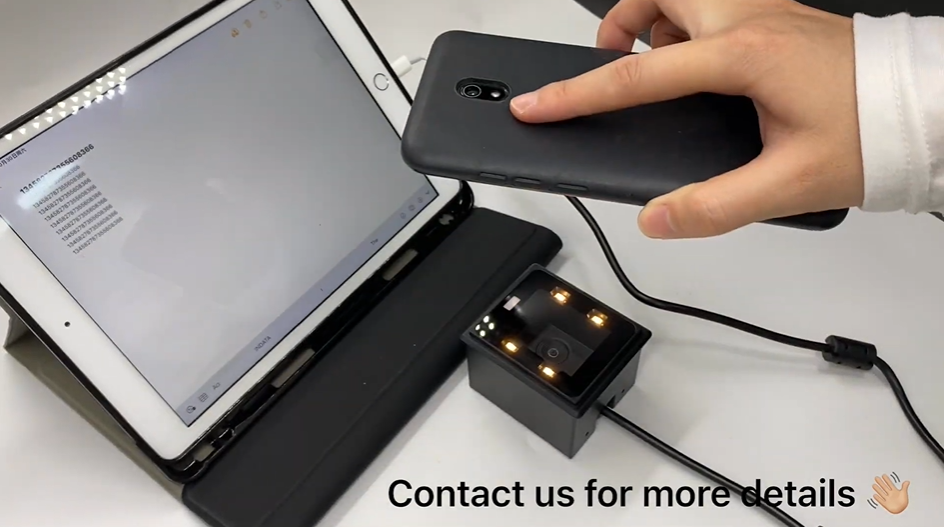Shenzhen Xingtong IOT Technology Co., Ltd.
Barcode Scanner Manufacturer with development & Invention ability

With the deepening of new concepts of technological innovation, the integration of QR code recognition technology and mobile payment methods is constantly changing our lives, and more and more application scenarios are beginning to become digital and intelligent. For example, many traditional self-service ordering machine manufacturers have introduced QR code anti-scanner payment modules to try to change the traditional charging mode, and integrate the performance of QR code self-service identification, collection and data transmission, thereby improving the catering industry once it reaches the peak meal period. The ordering speed is slow, the waiters are too busy, and the loss of customers due to poor customer experience is prevented. So what is the process and principle of it? What equipment is used to support the scanner work?

XTIOT summarized a series of problems encountered by the traditional food ordering industry in the past during the research process:
User pain points:
1. Single payment method, not fast
2. During the peak dining period, the waiting time for ordering is long
3. The waiter is urging the ordering, passive embarrassment
4. It is not convenient to know the menu adjustment of the merchant in a timely and convenient manner
Merchant pain points:
1. Customers take a long time to order, and human resources are wasted
2. High labor cost and difficult management
3. The handwritten order is unclear, which is prone to errors and disputes
4. The phenomenon of missing orders often occurs
In response to the above phenomenon, many manufacturers similar to self-service ordering machines have begun to try to embed 2D barcode readers to integrate data acquisition and barcode recognition technologies, and expand the "reverse scan code payment" function. This not only enriches the payment methods of the original equipment, and facilitates customers to scan and order food by themselves, but also provides big data operation support for the refined operation of enterprises/merchants to provide better services for customers.
At that time, customers do not need to line up when they come to the store to order food. They only need to move their fingers lightly, select dishes to place an order, and call out the Alipay or Apple Pay payment QR code when paying, and place it at the "QR code scanner port" of the ordering machine. Payment can be made by swiping, so as to achieve reasonable diversion during peak dining hours, relieve the pressure of ordering staff at manual windows, and improve user experience at the same time, which is in line with the concept of "paperless ordering" in green cities.




